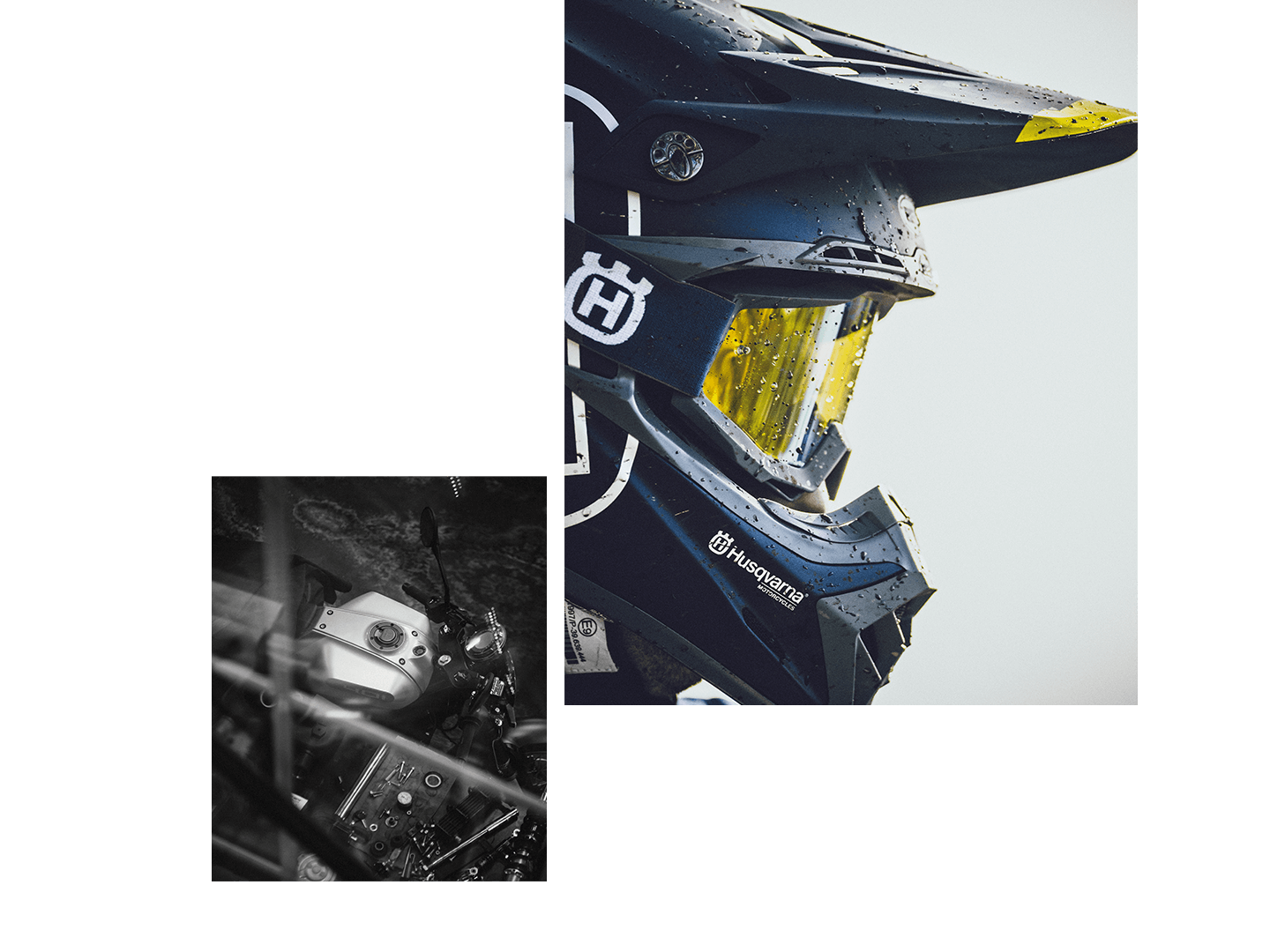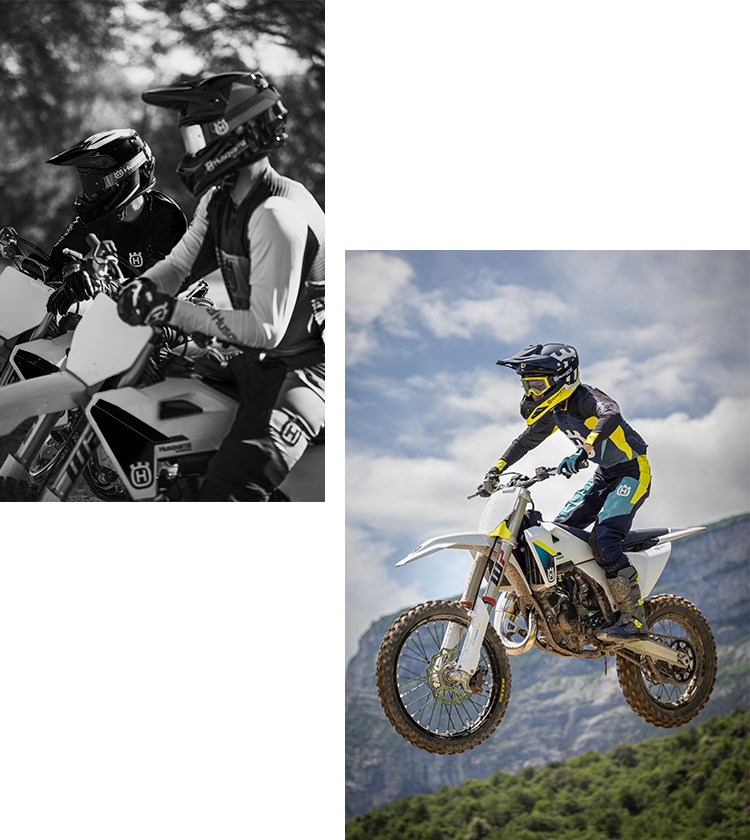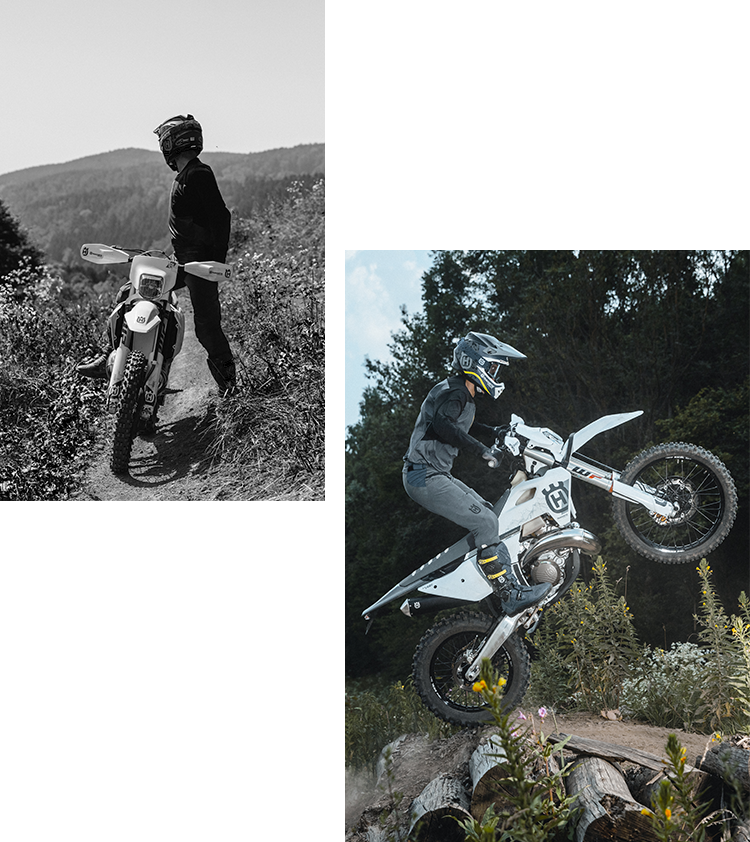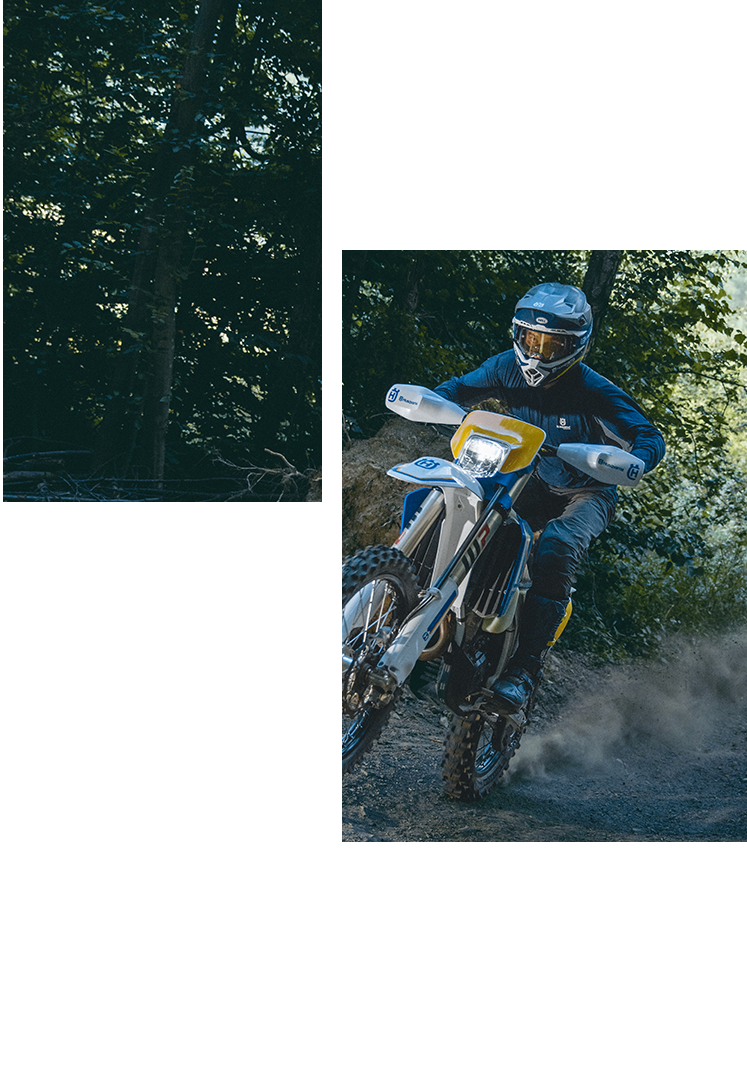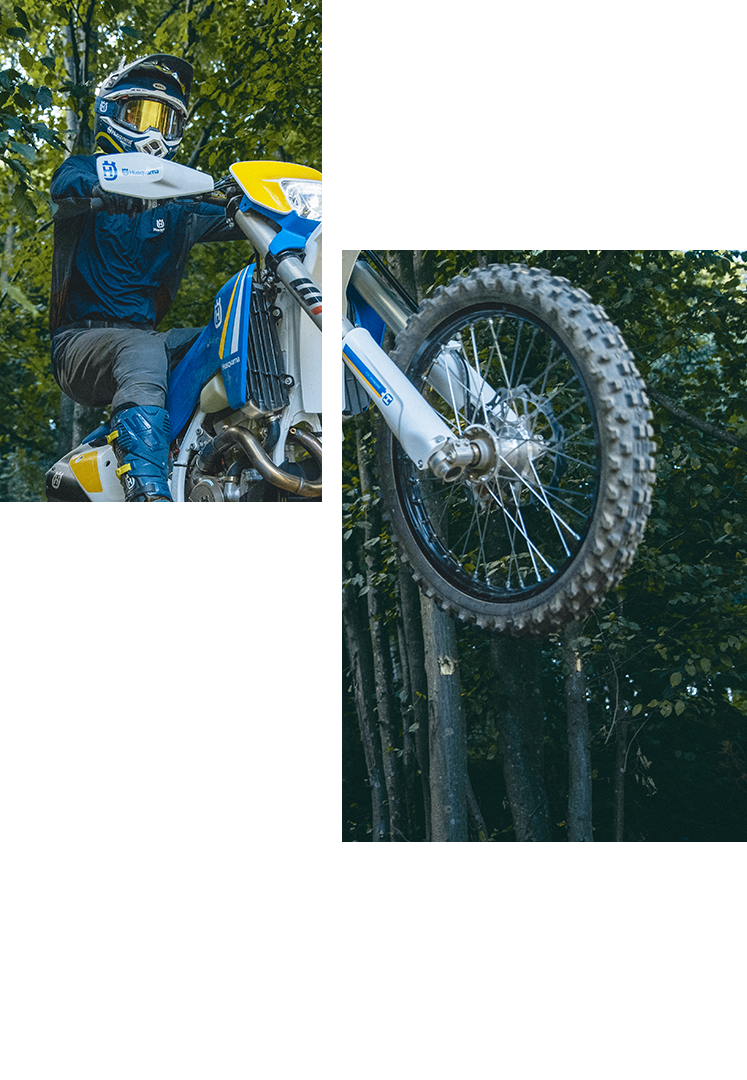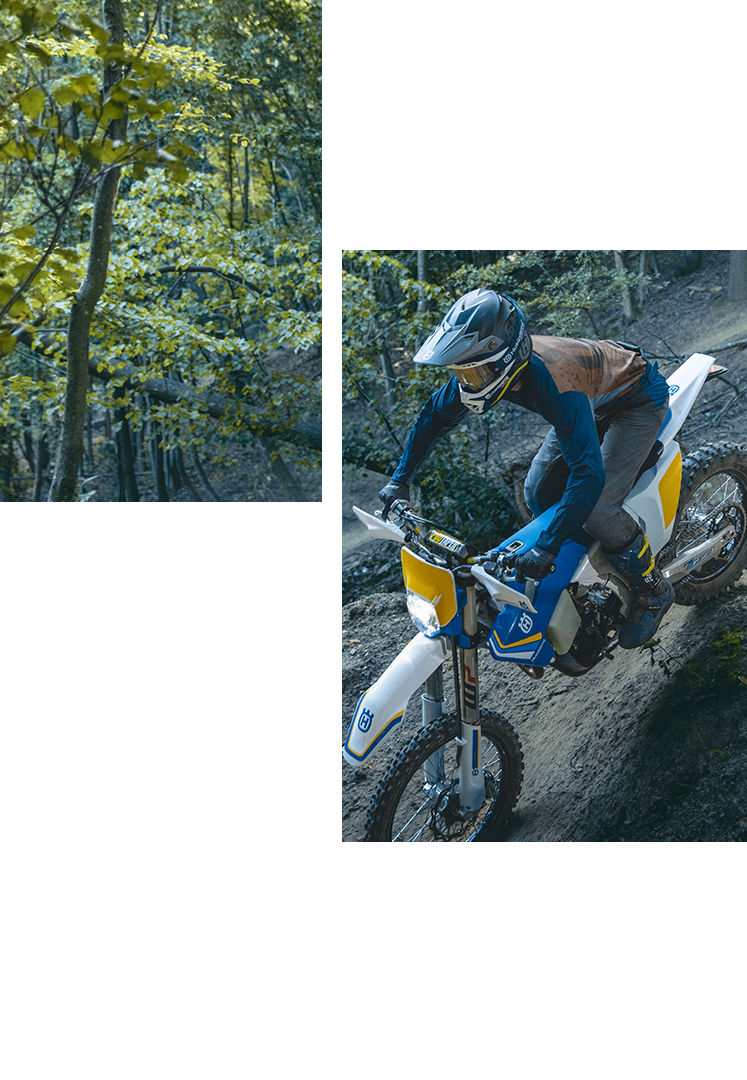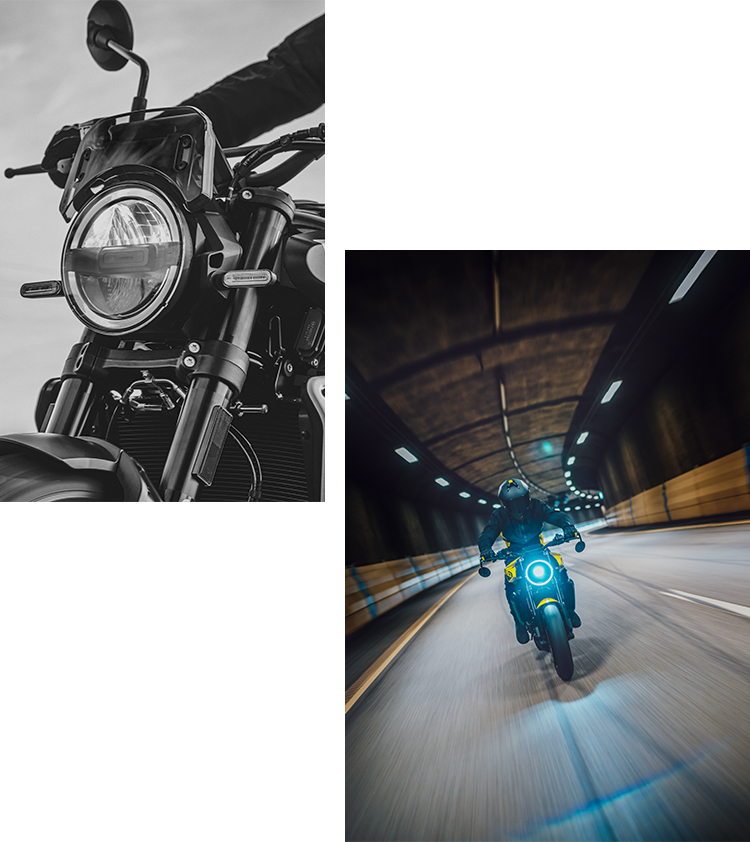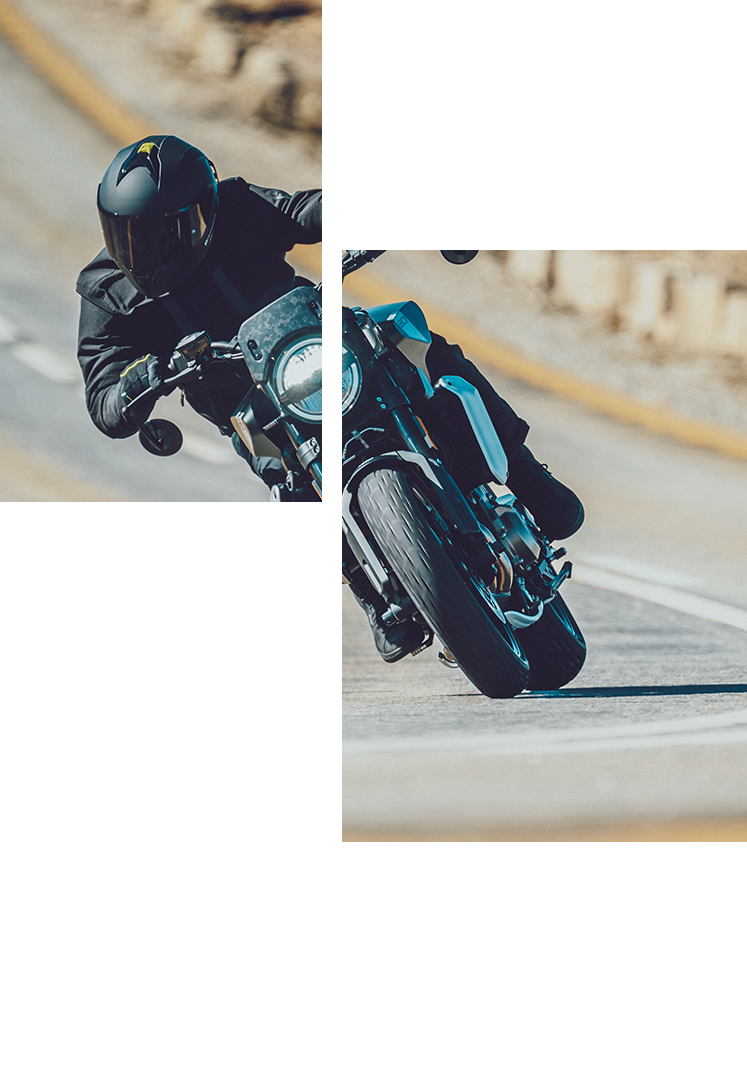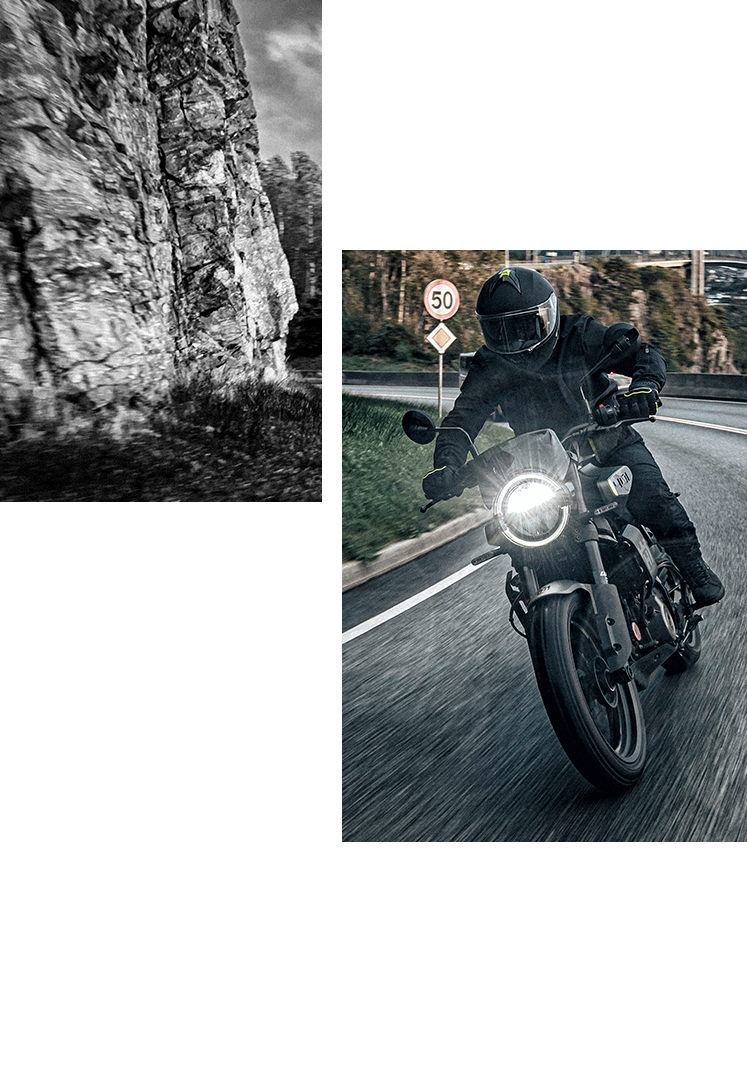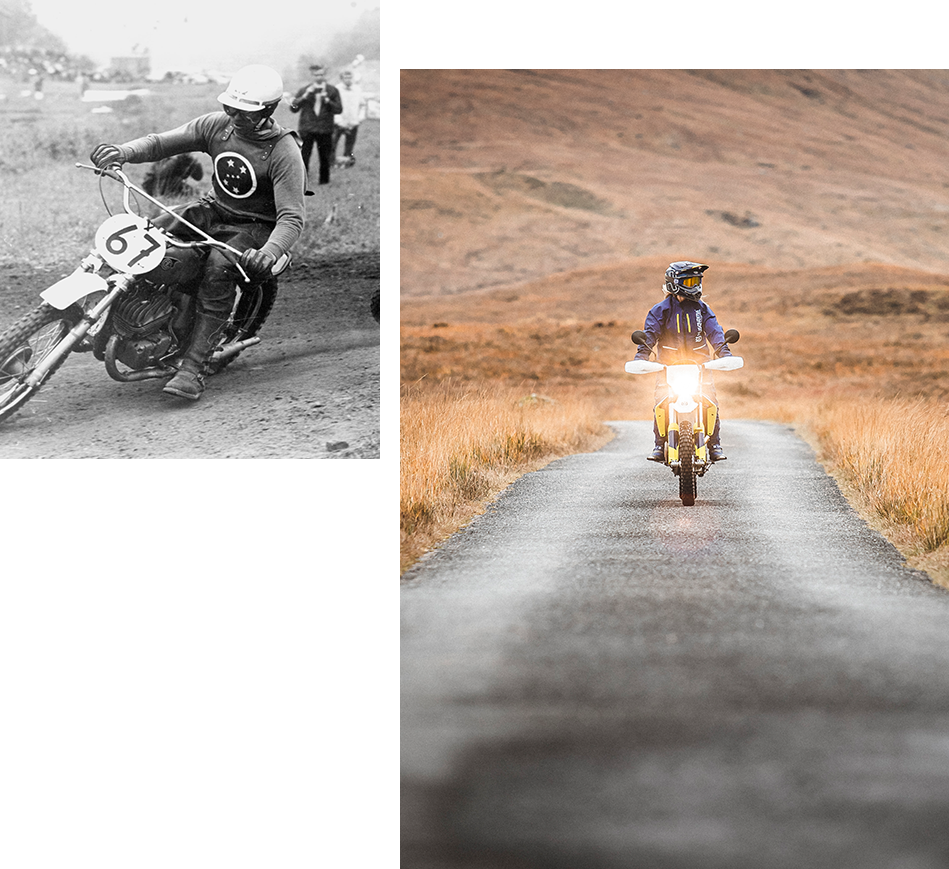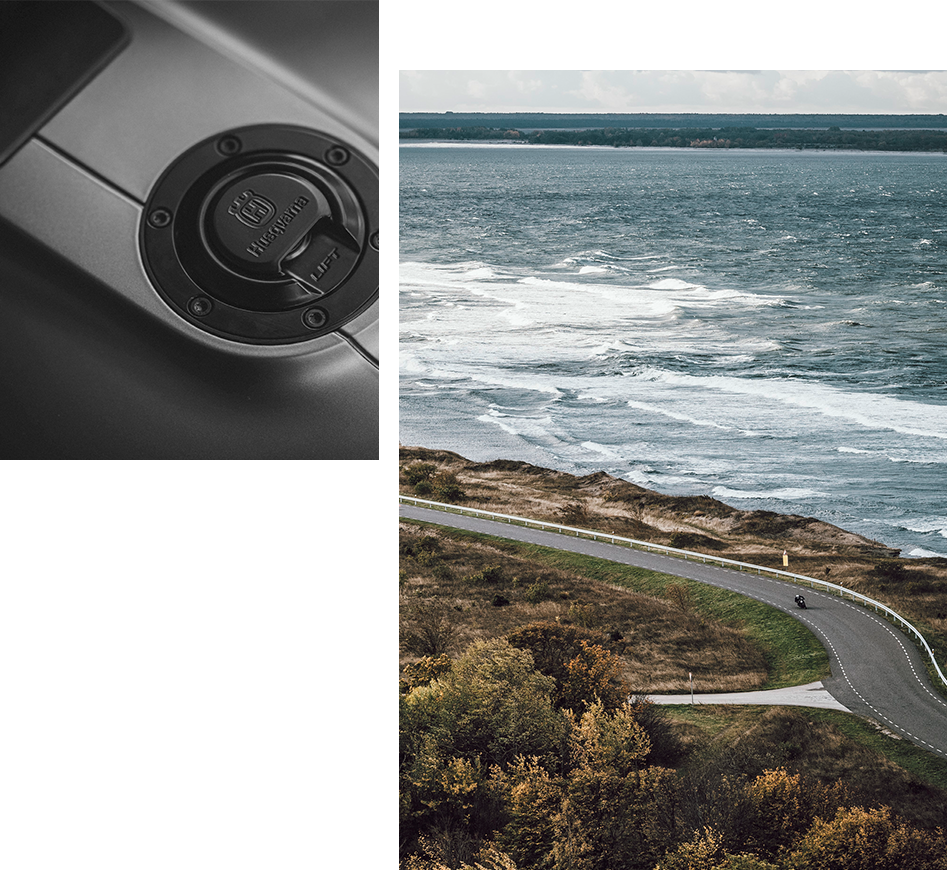The active race season for motocrossers had increased significantly after events in the USA were introduced during the months from October to December. It meant that an elite rider was on the go from March to the end of the year - practically all year around, crossing the globe. This happened by the end of the 60s, which was also a turning point for motocross in the USA. The interest for the sport grew immensely.
“This was a big benefit to our sport,” said Aberg. “Payment increased and the status for motocross became much higher.”
Husqvarna had introduced their 400cc engine for the 1969 season. It measured 81.5 x 76 mm in bore and stroke and gave 40 hp at 6,500 rpm. Its cooling fins were now longitudinal, and the magneto was also new. This four-speed machine was updated for 1970, although it still carried a similar performance. The season was peculiar by any standards, and as said, Bengt Aberg's main opposition came from his Husqvarna teammate Arne Kring. They lived as neighbours, just a few kilometres away from each other in Helsingland, and raced trying to beat each other since their yearly days. However, Bengt was initially the more successful rider as he won the national junior championship in 1963 on his bulky Triumph. Then the road was paved to the championship circuits. Bengt Aberg had a memorable show on his Métisse at the home Grand Prix in Hedemora in 1966. The spectators who saw him broadslide with his feet on the foot-pegs will never forget this unbelievable sight. At least I won't! As reported in a blog text from July 2014, Aberg won his first title in 1969 after a tremendous year. Now it was time to try and repeat his honour on his latest factory machine. He had already caught the fancy of the crowd.
